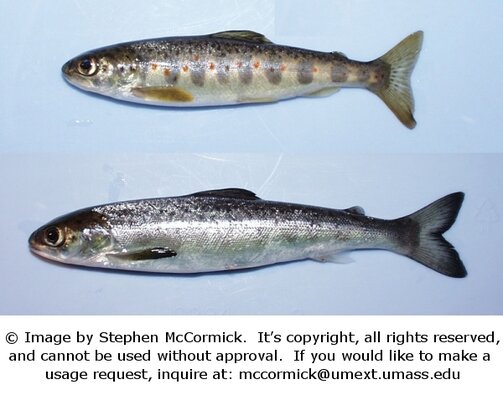B
bigsteel
Well-known member
was thinkin the same thingeggs said:Plumb & MM
Correct, that is why I sourced my post for people to read, so they could see the details of the facts that I was using. So are you saying that the Hood River steelhead and rainbow trout interaction is a fluke or unique behavior to that watershed and that it isn't a fairly safe bet to assume that this is common behavior within most or all watersheds that contain genetically similar steelhead and rainbow trout?
oh yea,you guys have a great and safe trip.
